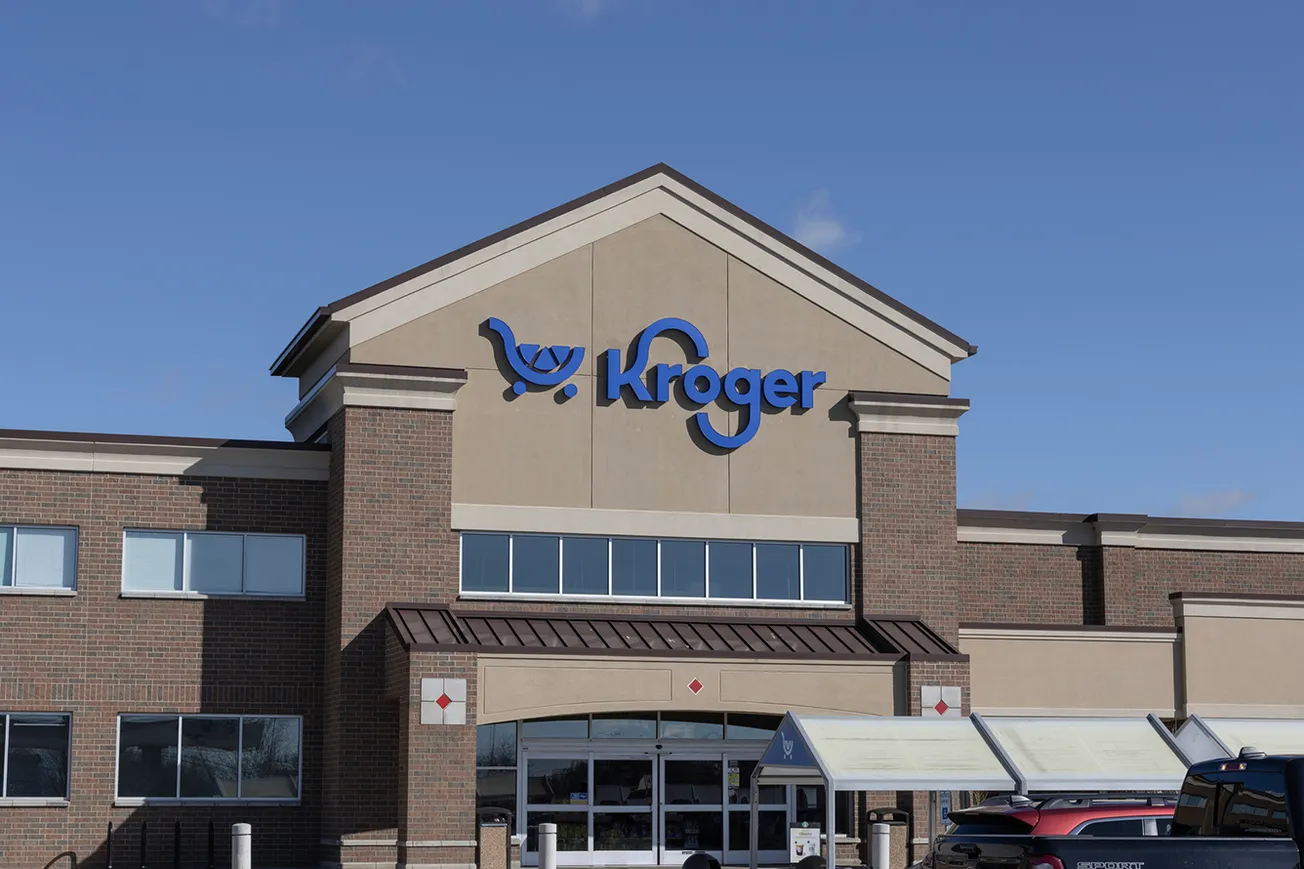PURCHASE, N.Y. — E-commerce sales hit a record in the 2019 holiday season, helping lift seasonal sales (excluding vehicles) by 3.4% from the year-earlier level, according to Mastercard SpendingPulse.
The report noted that e-commerce sales were up 18.8% compared to the 2018 holiday season, though it did not give a dollar figure.
E-commerce sales contributed 14.6% of total retail sales from November 1 through Christmas Eve, Mastercard said.
The National Retail Federation (NRF), in its annual holiday sales forecast, expected a retail sales increase of 3.8% to 4.2%, to between $727.9 billion and $730.7 billion, during the year’s final two months.
NRF had forecast an increase in digital and other non-store sales of between 11% and 14% from the $146 billion registered in 2018.
The NRF holiday forecast is based on an economic model that takes into consideration a variety of indicators, including employment, wages, consumer confidence, disposable income, consumer credit and previous retail sales.
NRF sales data exclude automobile dealers, gasoline stations and restaurants.
Amazon is trumpeting record shopping volumes for the holiday season. While the company didn’t provide many concrete numbers, it issued a statement noting that “billions of items were ordered worldwide and tens of millions of Amazon devices were purchased worldwide.”
Amazon said the number of items delivered through one-day and same-day shipping nearly quadrupled in 2019.
Popular departments shopped by Amazon’s customers in the United States were toys, fashion and home, and beauty, with more than half a billion total items ordered, the company said.
More than 5 million people signed up for an Amazon Prime free trial or began a paid membership in a single week during the holiday season, Amazon said, an indication that its push to one-day delivery is drawing new customers.
Steve Sadove, senior advisor for Mastercard, said a later-than-usual Thanksgiving holiday prompted retailers to offer omnichannel sales earlier in the season, a move that also aligned with “consumers’ demand for the best deals across all channels and devices.”
Mastercard SpendingPulse reports on national retail sales across all payment types in selected markets around the world. The findings are based on aggregate sales activity in the Mastercard payments network, coupled with survey-based estimates for certain other payment forms, such as cash and check.
Key findings of the Mastercard SpendingPulse report include:
• Apparel posted 1% growth in 2019, with stronger-than-expected e-commerce growth as digital sales were up 17%.
• Jewelry notched 1.8% growth, with the online sales component up 8.8%. This trend started before the holiday season began.
• Department stores saw overall sales decline by 1.8%. The importance of omnichannel offerings is evident in the category’s 6.9% increase in digital sales in November and December.
• Electronics and appliances were up 4.6%, while sales in the home furniture and furnishings category increased 1.3%.






